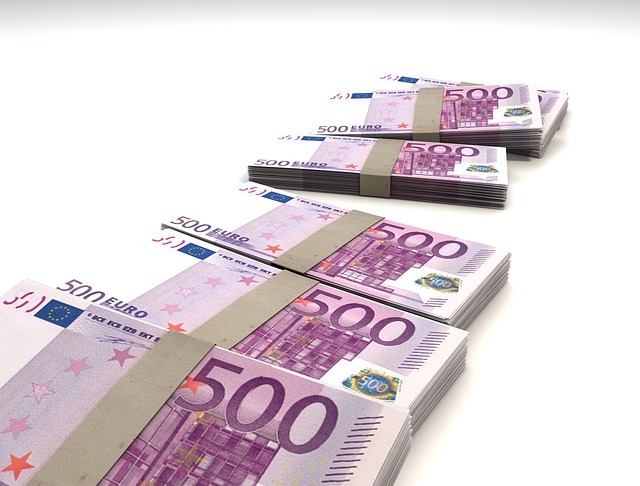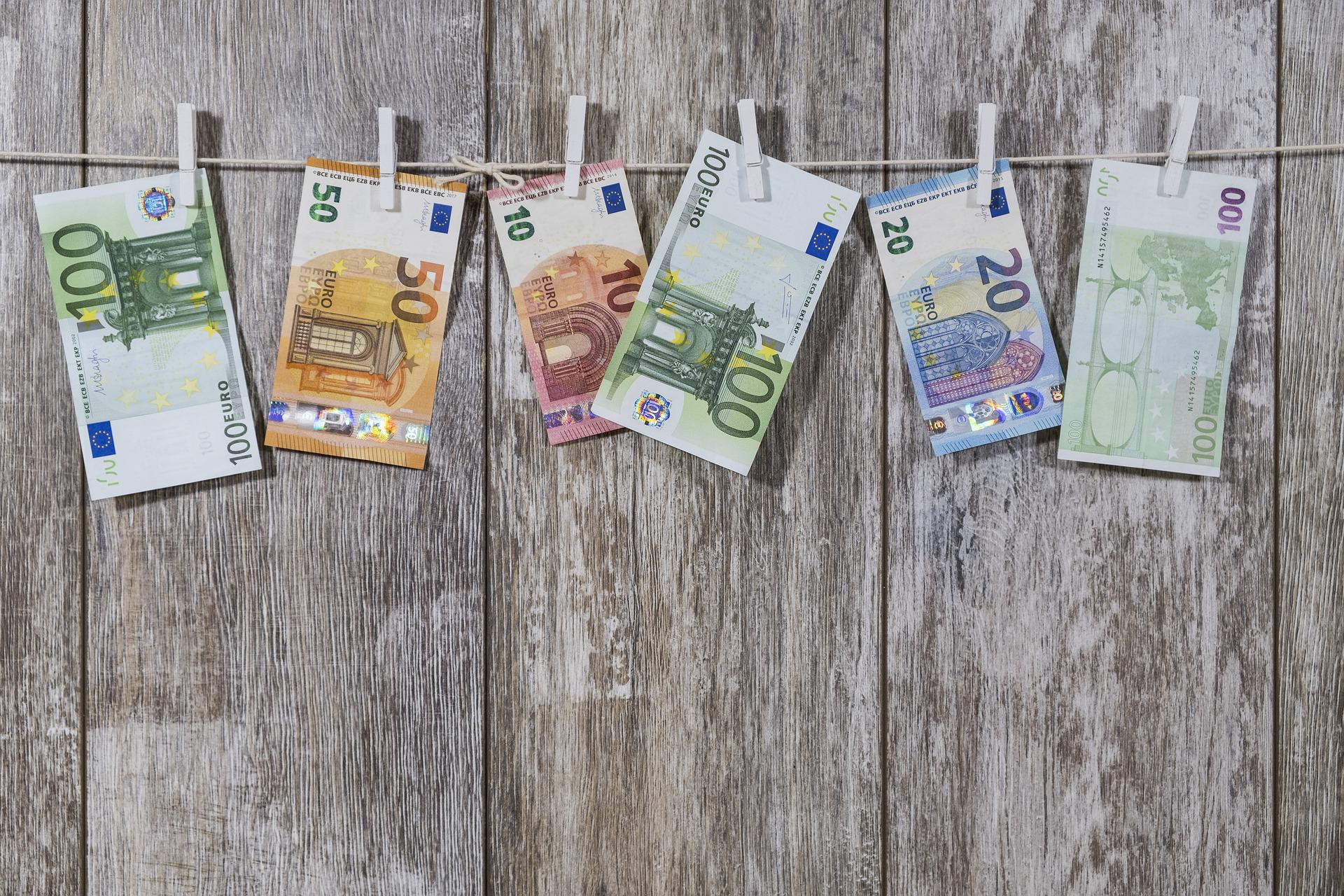Bulls in the EUR/USD rise again in response to aggressive ECB rhetoric. This week, attention will focus on the red calendar events. Since the beginning of the week, EUR/USD has been trading close to a 9-month high as the market anticipates rate increases from the European Central Bank at the same time as it begins pricing in a less hawkish Federal Reserve. The EUR/USD surged higher and hit a new bull cycle high of 1.0927.
Almost all potential Fed moves of 50 basis points were priced out in Monday’s trading, and the expected peak for rates has been slowly cut from the present 4.25% to 4.50% range to 4.75% to 5.0%. On the other hand, according to Reuters, ECB policymaker Peter Kazimir said on Monday that although inflation was lowering, it was not a cause to halt the rate of an interest rate increase.
While acknowledging that the Eurozone economy was doing better than anticipated one to two months ago, Kazimir said, “I am persuaded that we need to deliver two more rises by 50 basis points.”

On Monday, Ignazio Visco, a member of the Governing Council, said that Italy could manage the effects of a ‘gradual but necessary’ pace of tightening the monetary policy.
Alarms sometimes expressed over the impact that future ECB rate rises would have on the Italian economy “cannot be shared,” Visco said. It’s pretty doable to achieve the ECB’s 2% inflation objective without having a particularly detrimental effect on the labor market and economy of the eurozone.
Olli Rehn, a member of the Governing Council and the Governor of Austria’s central bank, spoke over the weekend on the central bank’s interest rate policy.
He said he believes there is justification for “large ECB interest rate rises this winter and the next spring.”
ECB governing council member Klaas Knot said in an interview with Dutch television WNL on Sunday that the ECB would increase interest rates by 50 basis points in both February and March and will continue to do so in the months that follow, according to Reuters.
Anticipate us to increase rates by 0.5% in February and March, Knot said. If we are still working on it, expect us to take further measures in May and June.
ECB President Christine Lagarde reiterated the bank’s most recent policy guidelines in more recent transactions. In a speech, Lagarde said, “We have made it plain that the ECB interest rates will still need to increase considerably and gradually to levels that are adequately restrictive and remain at those levels for as long as required.”
Contrary to the peak in the US, core inflation has yet to turn around in Europe, according to analysts at ANZ bank. “According to our projection profile, rates will increase by 50 basis points at the ECB meeting next week and by 25 basis points twice more after that. The risks are to the upside since that profile is highly data-driven, and the outlook for the euro area economy is improving.

Outlook for the EUR/USD:
Flash surveys on January economic activity published this week are expected to reveal that Europe has improved more than the United States thanks to lower energy prices.
The US calendar also shows red events. Core PCE costs most likely increased by 0.3% MoM in December; however, a 0.4% increase is also possible. According to experts at TD Securities, the YoY rate likely decreased to 4.5%, indicating that prices are still reasonable but sticky at high levels. The experts said that they expected the Gross Domestic Product to increase enormously in Q4, achieving another above-trend gain. Strong consumer and inventory showings most certainly contributed to growth.
The analysts at Brown Brothers Harriman indicated that they believe the market is underestimating the possibility of a higher, more extended Federal Reserve about the outlook at the institution. They said that since November 2021, “Core Personal Consumption Expenditures, PCE, has mainly been in a 4.5-5.5% range.” The Fed needs to see more progress before even considering a turnaround.
On a 3-month horizon, Rabobank analysts indicated that although their 1-month projection now stands at 1.09, they see an opportunity for a decline to 1.06. This presupposes that the Fed once again adopts a more hawkish stance on policy than the market presently anticipates. It also considers the possibility that Europe’s energy crisis is still alive.

